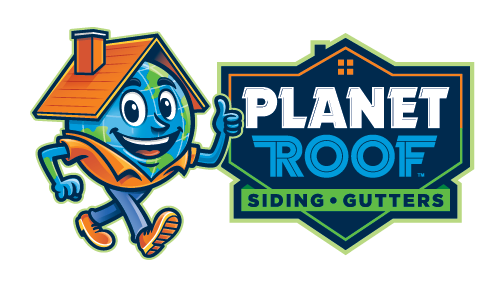In the realm of roofing projects, the condition of the underlying plywood is a pivotal factor that significantly influences the outcome and longevity of the roof. Moist or wet plywood beneath a new roof can lead to a plethora of issues, potentially compromising the structural integrity of the building and leading to costly repairs down the line. This guide aims to shed light on the inherent risks of installing a roof over wet plywood, offering solutions and best practices to ensure a successful and durable roof installation.
Understanding the Perils of Wet Plywood Under Your Roof
The presence of moisture in plywood used as a decking material for roofing is a concern that cannot be overlooked. Here are the primary risks associated with installing a roof over wet plywood:
Structural Compromise
Moisture-laden plywood loses its rigidity and strength, leading to warping, bending, and in severe cases, structural failure. This not only affects the roof’s appearance but also diminishes its ability to bear the weight of roofing materials, snow, and even workers during installation and maintenance activities.
Mold, Mildew, and Rot
Wet conditions are conducive to the growth of mold, mildew, and rot. These can spread rapidly, affecting not just the plywood but also the attic space, insulation, and interior walls. Beyond the structural damage, they pose significant health risks, particularly to individuals with allergies or respiratory conditions.
Insulation Inefficiency
Wet insulation loses its thermal resistance properties, leading to inefficiencies in heating and cooling systems. This results in uncomfortable living conditions and increased energy consumption, as HVAC systems work harder to maintain desired indoor temperatures.
Increased Utility Bills
The strain on HVAC systems due to compromised insulation directly translates to higher energy bills. Over time, the additional costs can accumulate, adding an unnecessary financial burden to homeowners.
Safety Concerns
The installation process itself becomes perilous with wet plywood. Slippery surfaces increase the risk of accidents, endangering the safety of roofing professionals.
Compromised Roofing Effectiveness
Roofing materials adhere best to dry surfaces. Moisture compromises the bonding process, potentially leading to leaks, reduced lifespan of roofing materials, and overall diminished effectiveness of the roof.
Escalating Repair Costs
Ultimately, the decision to proceed with roofing over wet plywood can lead to extensive and expensive repairs. From structural fixes to mold remediation, the costs can be substantial.
Proactive Measures and Solutions
Addressing the issue of wet plywood before proceeding with roof installation is crucial. Here are effective strategies to ensure the plywood is adequately prepared:
Ensuring Complete Dryness
Utilize natural sunlight and air circulation to dry out the plywood. In scenarios where time is critical or weather conditions are unfavorable, professional-grade dehumidifiers can expedite the drying process.
Plywood Replacement
In cases where the plywood is extensively damaged or has been wet for an extended period, replacement is the most viable solution. This preemptive action prevents future complications and ensures the longevity of the roof.
Weather Monitoring and Protection
Keeping a close eye on weather forecasts and using protective tarps during the installation process can prevent moisture from compromising the plywood.
Partnering with Expert Roofing Contractors
Choosing a reputable and experienced roofing contractor is paramount. Planet Roof, located in McMurray, PA, exemplifies the standards of excellence required for such critical projects. Our expertise ensures that every aspect of the roofing process, from material selection to installation, is executed with precision and care.
Best Practices for a Flawless Roof Installation
Beyond addressing moisture issues, several best practices can enhance the quality and durability of your roof:
Select High-Quality Materials: Investing in premium roofing materials pays dividends in terms of performance and longevity.
Consider Extended Warranties: Opting for extended warranties can provide additional peace of mind and financial protection.
Communicate with Your Insurance Provider: Ensure your insurance coverage is updated to reflect the roof replacement, safeguarding against future claims.
Conclusion
The decision to install a roof over wet plywood is fraught with risks that can lead to significant structural, financial, and safety issues. By adhering to the solutions and best practices outlined in this guide, homeowners can navigate the complexities of roof installation, ensuring a durable, efficient, and safe outcome. Remember, the foundation of a successful roofing project lies in the preparation and expertise brought to the task. Choose your roofing partners wisely, prioritizing those with a proven track record of excellence and integrity in the field.


